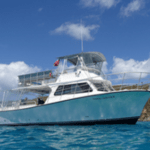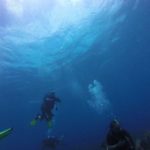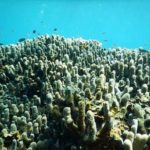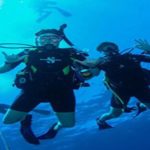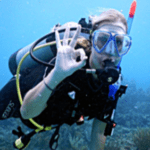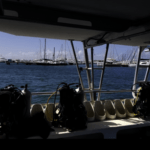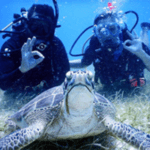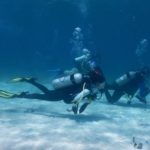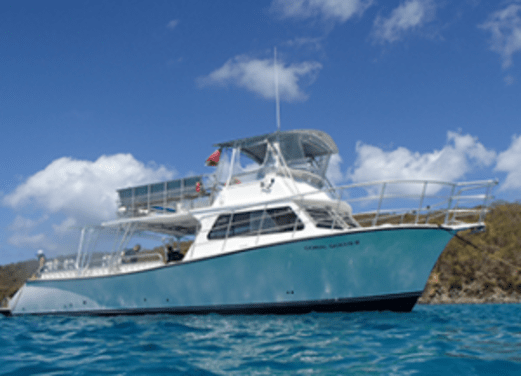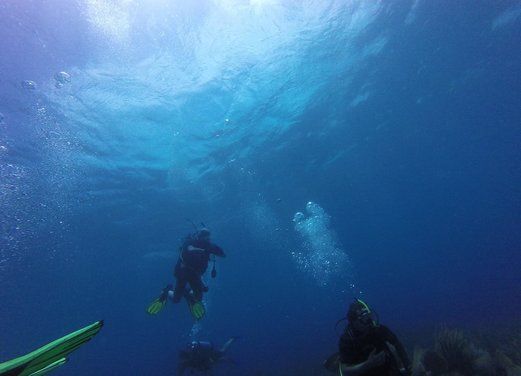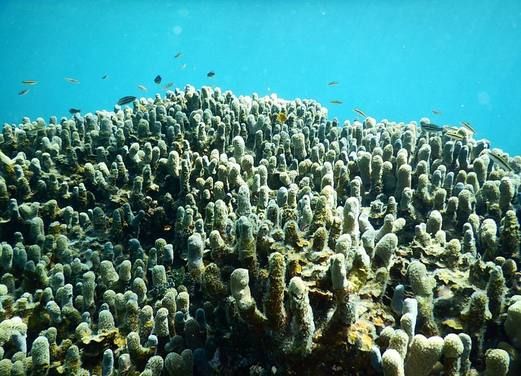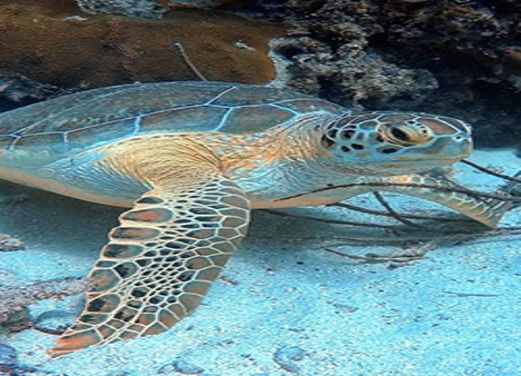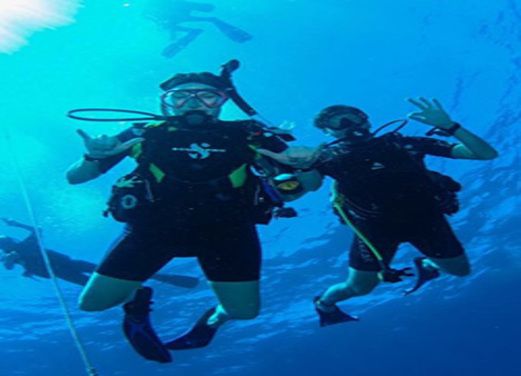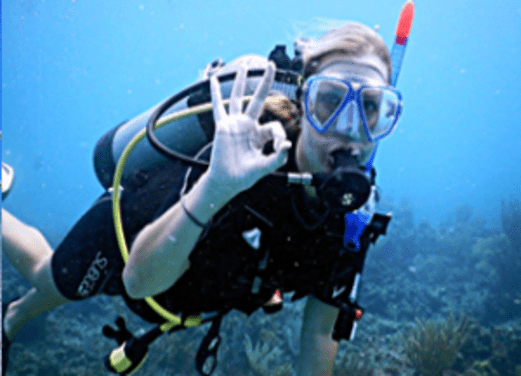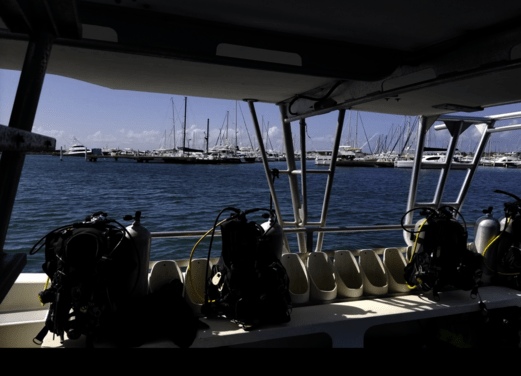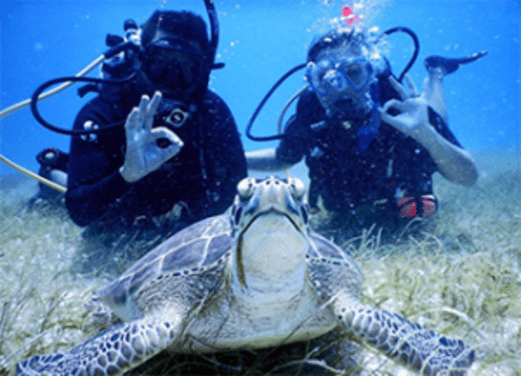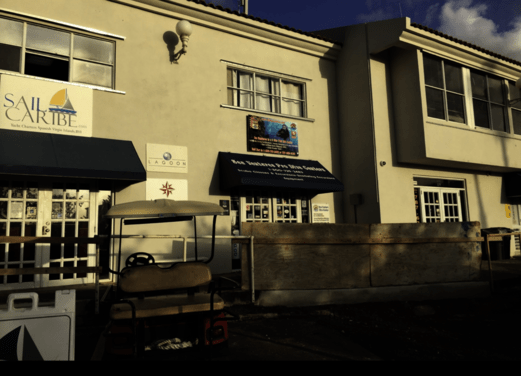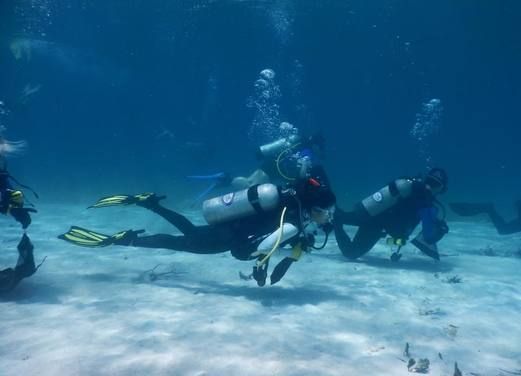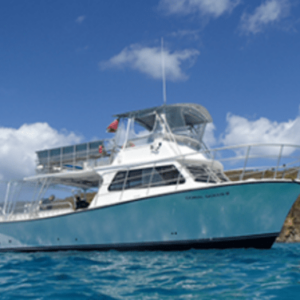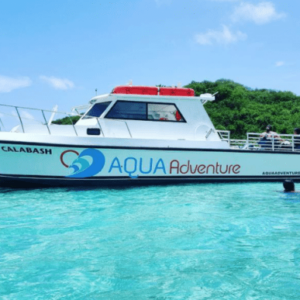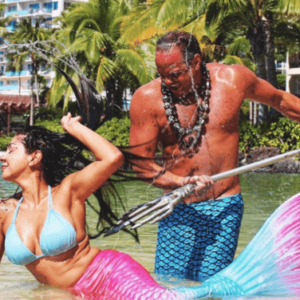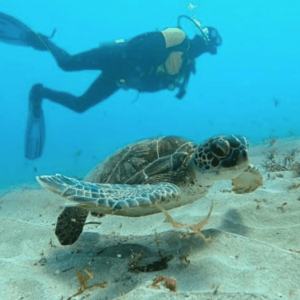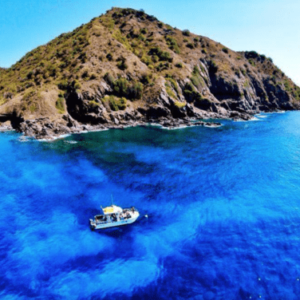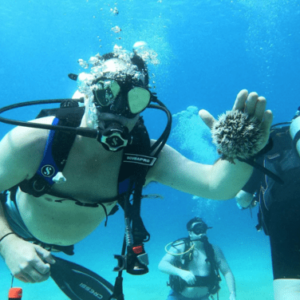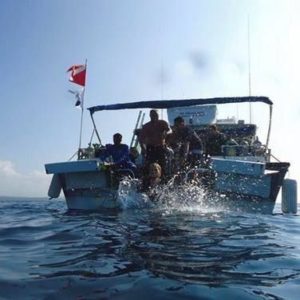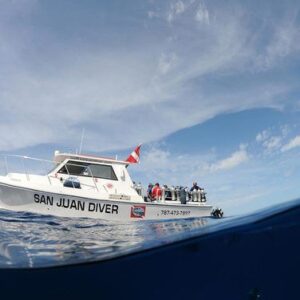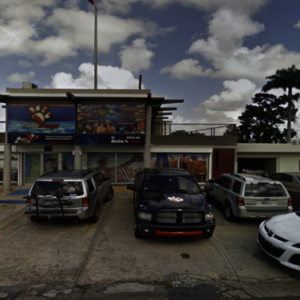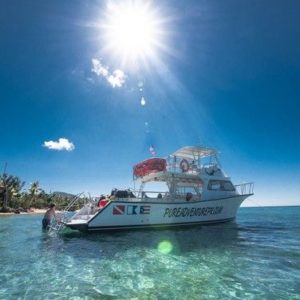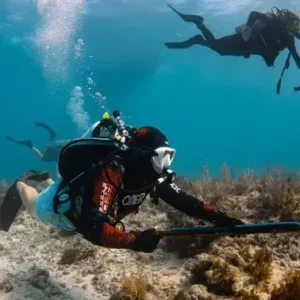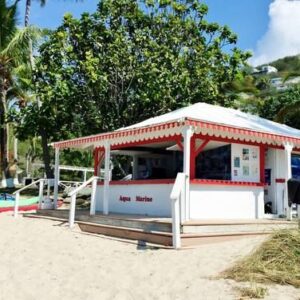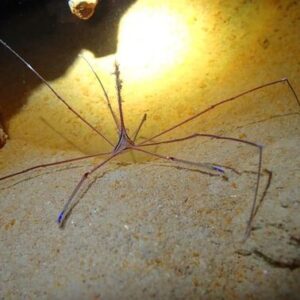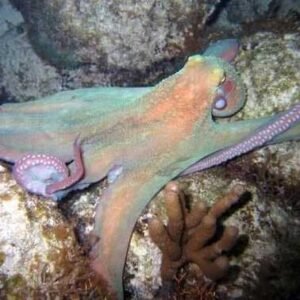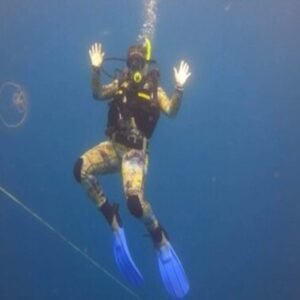Sea Ventures Pro Dive Centers
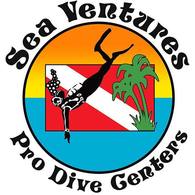
Overview
Sea Ventures Dive Centers is your gateway to scuba diving the aquatic world of Caribbean, Puerto Rico and its Spanish Virgin Islands! We are proud to be a 5-Star member of PADI, the world’s largest diving organization, where diver safety is of the utmost concern and our professional dive staff are 100% PADI Certified. We are the first and only commercial boat operator in the whole island to be granted with the Blue Flag award and the PADI green star award for our contributions to the environment. Our dive boats are inspected and licensed by the USCG, the Puerto Rico Public Service Commission, and we are fully endorsed by the Puerto Rico Tourism Department. Your aquatic adventure with Sea Ventures Dive Centers will be both exciting and safe — what diving is all about! Check in time is 8:00 AM for morning dives. Our premier dive is an excursion to Culebra. It departs every Saturday. (weather permitting) There is an additional charge for Fun Dives, Course and Snorkeling at our Culebra dive sites.
Visit Sea Ventures Pro Dive Centers on Social Media
Scuba certification agency
Fun Dives
| 1 Day, 2 Tank - Fajardo Trip | $119. | Book Now |
|---|---|---|
| 1 Day, 2 Tank - Culebra Trip | $145. | Book Now |
| 1 Day, 2 Tank - Vieques Trip | $135. | Book Now |
| Snorkler - 8 AM | $99. | Book Now |
| Snorkler - 1 PM | $99. | Book Now |
| Snorkler - Culebra Trip | $130. | Book Now |
| Bubble Watcher | 89. | Book Now |
| Private Charter | $3,000. | Book Now |
Courses
| Discover Scuba - Culebra Sites | $195. | Book Now |
|---|---|---|
| Discover Scuba - Fajardo Sites | $175. | Book Now |
| Open Water Diver w/ Confined Dives | $650. | Book Now |
| PADI Specialty Course | $265. | Book Now |
| Advanced Open Water Diver | $525. | Book Now |
| Rescue Diver | $530. | Book Now |
| Divemaster | $995. | Book Now |
| PADI Instructor Course | $2,500. | Book Now |
Details
| Arrival Time Morning Dive | 7:45 AM |
|---|---|
| Arrival Time Afternoon Dive | 1:00 PM |
| Gear Cleaning | Place to Clean Gear |
| Transportation | Available |
| On-Site Parking | Available |
| Water Temperature | 75°F-85°F | 25°C-30°C |
Dive Types
Location
Contact Info
AddressShop Hours
- Everyday: 7:00 AM - 6:00 PM
Dive Sites and Requirements
Get to know the most popular dive sites and the skills required to make those dives before you book.
This site is a where you can see Coral Reef, Crabs, Lobsters, Reef Sharks, Sea Turtles, and Stingrays. You will reach this site by Boat.
This dive site is perfect for Intermediate, Advanced, and Expert divers.
This site is a where you can see Coral Reef, Crabs, Eels, and Stingrays. You will reach this site by Boat.
This dive site is perfect for Beginner, Intermediate, and Advanced divers.
This site is a where you can see Barracuda, Coral Reef, Coral Restoration, Crabs, Eels, Lobsters, and Sea Turtles. You will reach this site by Boat.

